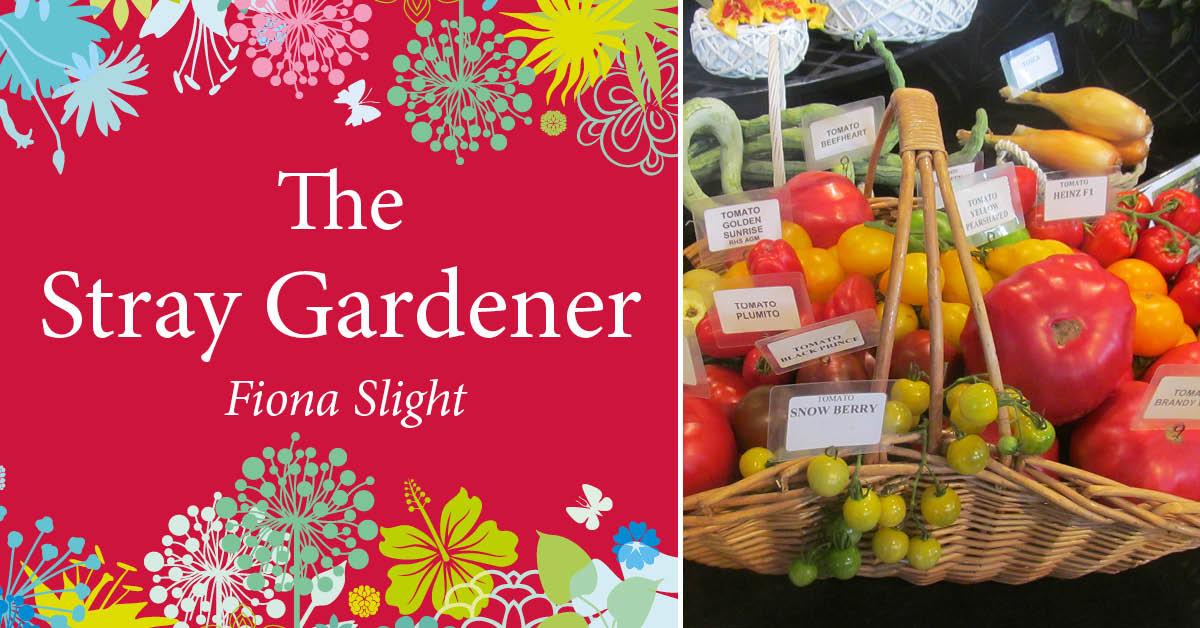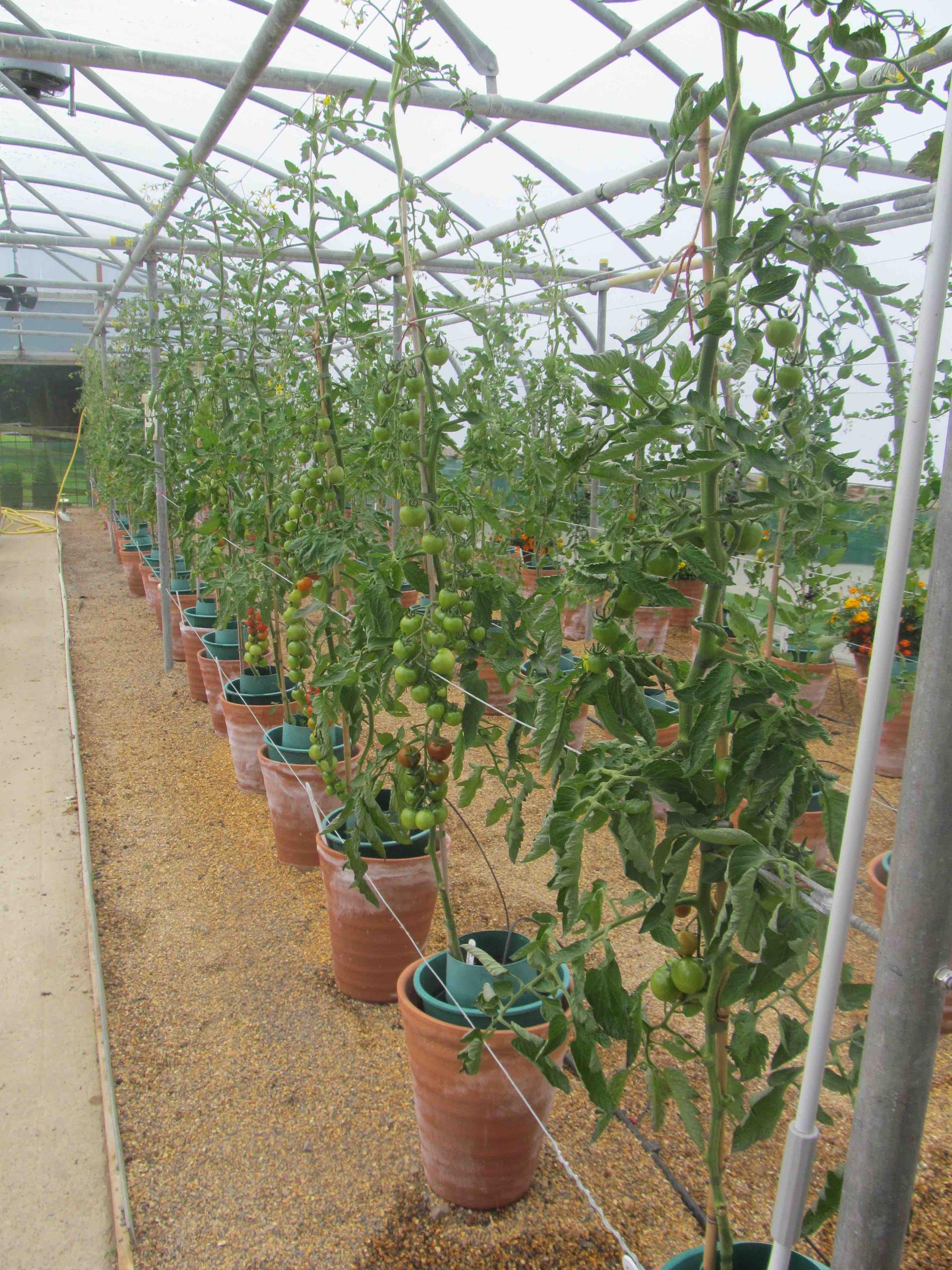Subscribe to trusted local news
In a time of both misinformation and too much information, quality journalism is more crucial than ever. By subscribing, you can help us get the story right.
- Subscription costs less than £1 a week with an annual plan.
Already a subscriber? Log in here.
26
Mar 2022
Stray Gardener: The golden rules to growing tomatoes

 The Stray Gardener is written by Rudding Park’s Kitchen Gardener, Fiona Slight. Fiona has worked in horticulture for more than 30 years in the UK and abroad, and specialises in growing fruit and vegetables for fine dining. This month, Fiona gives her golden rules for growing tomatoes.
The Stray Gardener is written by Rudding Park’s Kitchen Gardener, Fiona Slight. Fiona has worked in horticulture for more than 30 years in the UK and abroad, and specialises in growing fruit and vegetables for fine dining. This month, Fiona gives her golden rules for growing tomatoes.
I was 13 years old when I grew my first tomato plants, after inheriting a glasshouse when we moved into a new house. I was coached in what I thought was the secret art of tomato growing, by a lovely old man who lived around the corner. In fact, if you just stick to a few simple rules, tomatoes are really easy to grow, and the rewards when the fruit are ready are well worth the trouble.
The golden rules to growing tomatoes:
Don’t sow the seed too early, unless you have a heated glasshouse with lights and automatic ventilators it is far better to wait until late March, early April when they will grow far more successfully. Tomatoes hate getting cold. (They really do sulk!)
Choose between cordon or bush varieties, cordons need to be trained up canes, tied in, and the side shoots removed to stop them branching out and to focus the effort into flowers and fruit. Bush varieties don’t need to be trained and will grow well in a pot or hanging basket. The seed packet will tell you which they are.

Golden Sun tomatoes
Grow the plants in a good multi-purpose compost, or you can get special tomato growing bags with the compost ready mixed.
Water regularly and try to avoid giving the plants too little and too much water. Tomatoes are very sensitive to fluctuations in moisture.
Feed once a week when the first fruit has set with a high potassium fertiliser. There are some very good organic tomato fertilisers available.
Try to keep the temperature around 16 degrees as tomatoes really do resent being too cold and too hot.
If you are growing tomatoes in a greenhouse, get the doors and ventilators open during the day to encourage in pollinating insects for a bumper crop of fruit. You can also spend a little time in the middle of the day, gently tapping the plants to get them to release their pollen (a very satisfying job, honestly!)

Tomatoes growing in a polytunnel
As mentioned before, cordon tomatoes need to be trained. They can either be grown and tied into canes, or can be grown up string that can be would round the plant as it grows upwards. Both ways work well, and as long as the plants have their side shoots removed regularly, they stay tidy and produce a good number of flowers (just make sure you don’t remove the growing tip as this would stop the plant growing any taller and possibly means you would lose out on more flowers and consequently more fruit).
In most cases, once you reach around six trusses it is worth taking out the growing tip then, to allow the plant to put its energy into fruit production before the weather starts to get cooler and the day length gets shorter. Bush plants are much easier just give them room to grow and they will get on with it.

Multiple varieties of tomatoes.
By the end of July you will start to get fruit ripening and all the hard work will suddenly become worth it. Until I grew my own tomatoes, I would refuse to eat them as I thought they tasted vile. That is when I realised why, they were not allowed to ripen properly on the plant. A fully ripened tomato picked straight from the plant, that is still warm, is a thing of beauty.
Go on, get sowing!
0